Welcome! You’ve reached Spark. Learn more here or just read on. If you received this from a friend, please join us by subscribing. It’s free! All you have to do is press the button below
Inside this issue:
The beauty of a well-used Face
What two fictional rabbits teach about love, life, and getting real
Book recs from fellow Sparkers, links to resources, upcoming events, and an interview with Matt Bell who wants to help you write a novel in three drafts (or more)
If you missed last week’s post, click HERE to check it out
Katie’s Face
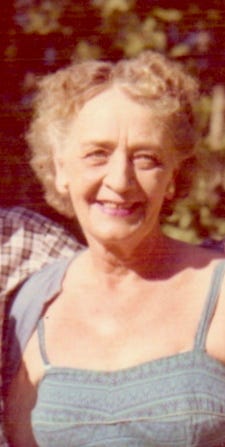
Forgive me if I’ve mentioned this but I’m remembering a day from a long time ago. When my son was about four, we went to visit my grandmother, Katie, while she was being treated for diabetes in Boston. She greeted us as she always did, with a broad smile that made new wrinkles in her already well-lined face. I saw my son hesitate as she reached for him, his eyes wide with a question that was out of his mouth before I could deflect it.
“Katie,” he said. “What’s wrong with your FACE?”
A few seconds of puzzled silence and then my grandmother threw back her head and laughed.
“Nothing dear,” she told him, leaning down so he could look straight into her eyes and get a good look at all the lines surrounding them. “I’ve just used it for a very long time.”
“You become. It takes a long time. That’s why it doesn’t happen often to people who break easily, or have sharp edges, or who have to be carefully kept. Generally, by the time you are Real, most of your hair has been loved off, and your eyes drop out and you get loose in your joints and very shabby.
But these things don’t matter at all, because once you are Real you can’t be ugly, except to people who don’t understand.” ― Margery Williams, The Velveteen Rabbit
My son will turn 47 this week. He has a few wrinkles of his own, as do I. When he came to visit last month for the first time in over two years, I saw afresh how the years have altered his face. I watched his eyes take in my own changes – the grown-out hair, the gray streaks no longer concealed by fake blonde ones. Between hugs and long conversations, we each spent a little time registering the passage of time.
The obvious changes - a little extra weight, the deepening crows feet, the silvery hair – required some adjustment for both of us at first. Then my grandmother’s laugh echoed down to me as I looked at my son across the dinner table one night. How, I wondered, had my son been using his face most in the years since we saw Katie together? To laugh? To cry? To frown in anger or grimace with disgust? Did his eyes light up when he came across something that delighted or interested him? Did he spend more time trying to keep others from reading his his thoughts or moods? Did he allow his face to open with love every chance he got? What put those lines there besides working in the sun for long hours?
These are not the kinds of questions he likes to hear from me. So, I practiced my listening skills with mixed success. I paid attention to how his face lit up or went into shadow depending on whether we were talking about work, a new idea, some sticky problems he must solve, or the challenges of being obsessed, of caring about something so much that other things failed to thrive. This last was triggered by the conversation we had after walking through an immersive exhibit of Van Gogh’s life and work on a rainy Monday.
Van Gogh’s portraits - of himself and others – dominated a section of the exhibit. We were transfixed by the faces, especially the eyes. Van Gogh understood that a lot of work, a lot of life went into shaping the faces in front of him. He paid less attention to the superficial details and worked instead to capture how those faces were used - in the moment and over time. He captured and honored each line, each crooked jaw, each guarded smile with a genius that was not appreciated until long after he died.
This all has reminded me that it takes a lifetime of use to make a face that tells a story. The best faces bear the evidence of that story. I wish I knew more about how my grandmother “used” her face all those years. I wish I knew more about how my son has been using his. Mostly though, I take delight from knowing that both of them chose not to preserve their faces but to use them them well.
Two Rabbits, Love, and What it Takes to Be Real
Speaking of well-used faces. When I learned that this is the 100th anniversary of the publication of The Velveteen Rabbit, I had to go listen to it again. I no longer have a copy of this book but for years it has been one of the gifts I always buy for new babies (the other is Shel Silverstein’s Where The Sidewalk Ends).
"Real isn't how you are made," said the Skin Horse. "It's a thing that happens to you. When a child loves you for a long, long time, not just to play with, but REALLY loves you, then you become Real."
"Does it hurt?" asked the Rabbit.
"Sometimes," said the Skin Horse, for he was always truthful. ― Margery Williams, The Velveteen Rabbit
I never read this story as a child or had it read to me. I discovered it when I was a teenager at the library and I read it all at once before checking it out and reading it again. I read it again when my son was small. It was the book that introduced to me the idea that love has the power to hurt as well as soothe. It introduced me to the notion of letting go and it made clear in a way that no adult had ever made clear that love is not dependent on beauty or perfection; in fact perfection is an impediment to love.
As is pride, only one of the faults of the protagonist of Kate DiCamillo’s The The Miraculous Journey of Edward Tulane. Edward Tulane is a china rabbit who occupies a privileged position in his owner’s family which includes a seat at the family dinner table. A series of disasters over the years strips him of his pride and shows him what love is: it is painful, it means losing people or watching them suffer. It means holding out your heart and saying “more please” anyway. I read this book after reading about it on Ann Pachett’s bookstore blog and then again after her essay in her recent collection, These Precious Days. I wept. I smiled. I marveled at the writing.
By the end of each of these books, the faces of these bunnies have been torn or cracked and been glued or stitched back together. They have known what it feels like to be loved, discarded, and to have no control over any of it, something children can easily relate to. In the end they understand what it means to be alive and to love, to know joy.
These books tackle big subjects for children and for adults directly and with imagination. They work on the heart, peeling back the layers of cynicism, hurt, or boredom. They offer us the chance, for a few minutes anyway, to remember what it feels like to be real.
“I am done with being loved, Edward told her. I'm done with loving. It's too painful.
Pish. said the old doll. Where is your courage?”
Somewhere else. I guess, said Edward. “-― Kate DiCamillo, The Miraculous Journey of Edward Tulane
Is there a children’s book you have loved so much that you still remember it or even read it? What book would you give parents for a new reader?
Resources for Readers & Writers
Here are a couple of recent additions to our growing list of resources for readers and for writers. Click on the links below to check out all the resources and please suggest any that you have found valuable.
Resources for Readers and Book Clubs
Can We Read? By Sarah Miller: You may not have children in your life but that does not mean you should avoid good children’s books. If you are looking for children’s books for the young ones in your life or even yourself, here's a reader's resource that can lead you to books old and new for the young. Sarah Miller, a “lifelong bookworm who has always been crazy for children’s books.” She researches books carefully from her newsletter “Can We Read?” and brings that love to her reviews and suggestions. Her newsletter is “nothing more and nothing less, a love letter to children’s books, old and newer, and the magic of reading them together.”
Resources for Writers and Writers’ Groups
Refuse To Be Done: How to Write and Rewrite a Novel in Three Drafts by Matt Bell. In this Interview. Caroline Leavitt asks Matt Bell about this new book that writers and teachers like Rebecca Makkai are raving about. (Spoiler: Bell admits you’ll be writing more than three drafts).
Spark Community Recommends…
Joyce R. and Carol F. recommend two memoirs and four thrillers for your next book. You can find them all at the Spark Community Recommendations Page at bookshop.org. Every sale supports local bookstores and helps us to earn commissions that, when large enough, will be used to support local literacy programs.
Her Daughter's Cry by M.M. Chouinard, Nineteen Minutes by Jodi Picoult, Fat Tuesday by Sandra Brown, Never Let You Go by Chevy Stevens, Between Two Kingdoms by Sulieka Jaouad, Lit by Mary Karr
What books are you excited about? Share them with us!
Bookish links
Free Michael Connelly event. In his most recent novel, The Dark Hours, Michael Connelly puts Harry Bosch and Renee Ballard to work in a post-Covid environment still reeling from the mistrust of police in the wake of George Floyd’s death. Connelly will talk about the book and about his writing free in an online interview with The California Book Club on April 21 at 5 P.M. Pacific Time (8 P.M. Eastern). Click HERE to register.
If you are going to be in the L.A. area the weekend of April 23-24, think about checking out the Los Angeles Times Festival of Books 2022. The festival makes its return after three years of Covid cancellations and the lineup looks fantastic. All events are in person and will be held on the campus of USC.
If you are not in L.A. but have travel there in your sights, take this guide, Lit City, with you. You’ll find a guide to Los Angeles’ bookstores, the literary history of L.A., excerpts by writers who have taken on the city in their books, and more.
That’s it for this week. For those who celebrate, I wish you Happy Easter, a joyous Passover, and blessings in this month of Ramadan. For all of us, I wish health, safety, hope, and peace.
Ciao for now.
Gratefully,
Betsy
P.S. And now, your moment of Zen…The Velveteen Rabbit Out Loud
Find yourself a quiet corner, pour yourself a cup of cocoa, sit back, close your eyes, and listen to a story. We all need to do it sometimes.
Calling for Your Contribution to “Moment of Zen”
What is YOUR moment of Zen? Send me your photos, a video, a drawing, a song, a poem, or anything with a visual that moved you, thrilled you, calmed you. Or just cracked you up. This feature is wide open for your own personal interpretation.
Come on, go through your photos, your memories or just keep your eyes and ears to the ground and then share. Send your photos/links, etc. to me by replying to this email or simply by sending to: elizabethmarro@substack.com. The main guidelines are probably already obvious: don’t hurt anyone -- don’t send anything that violates the privacy of someone you love or even someone you hate, don’t send anything divisive, or aimed at disparaging others. Our Zen moments are to help us connect, to bond, to learn, to wonder, to share -- to escape the world for a little bit and return refreshed.
I can’t wait to see what you send!




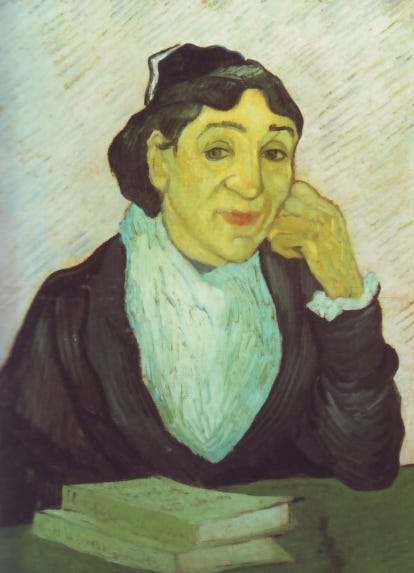
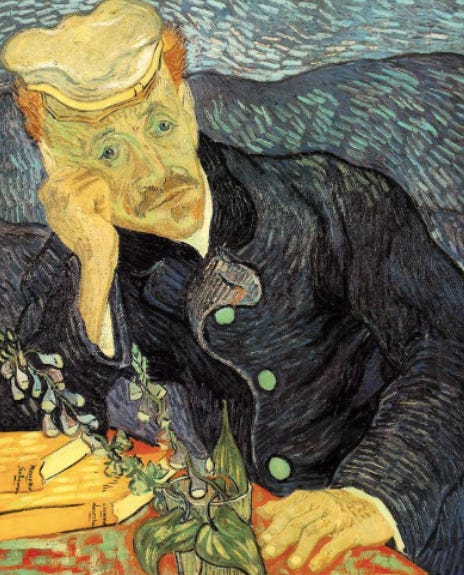
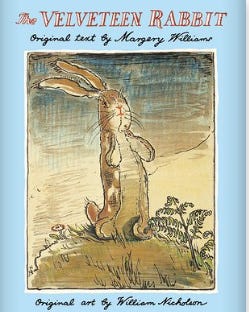
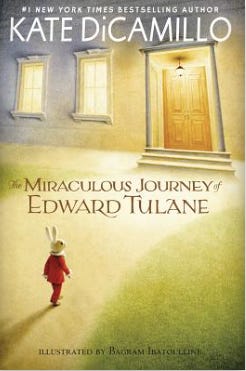

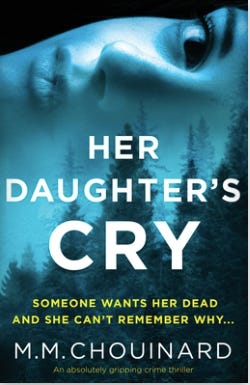
This was an absolute joy to read. Every face is a celebration of life and a tribute to a storied existence.
You're right - the story told by a changing face is fascinating. Recently I've been rooting through family photos after the death of my mother. The journey her face made from golden-haired 1920s toddler to craggy great-grandmother was illuminating. It tempted me to track my own....not recommended!!